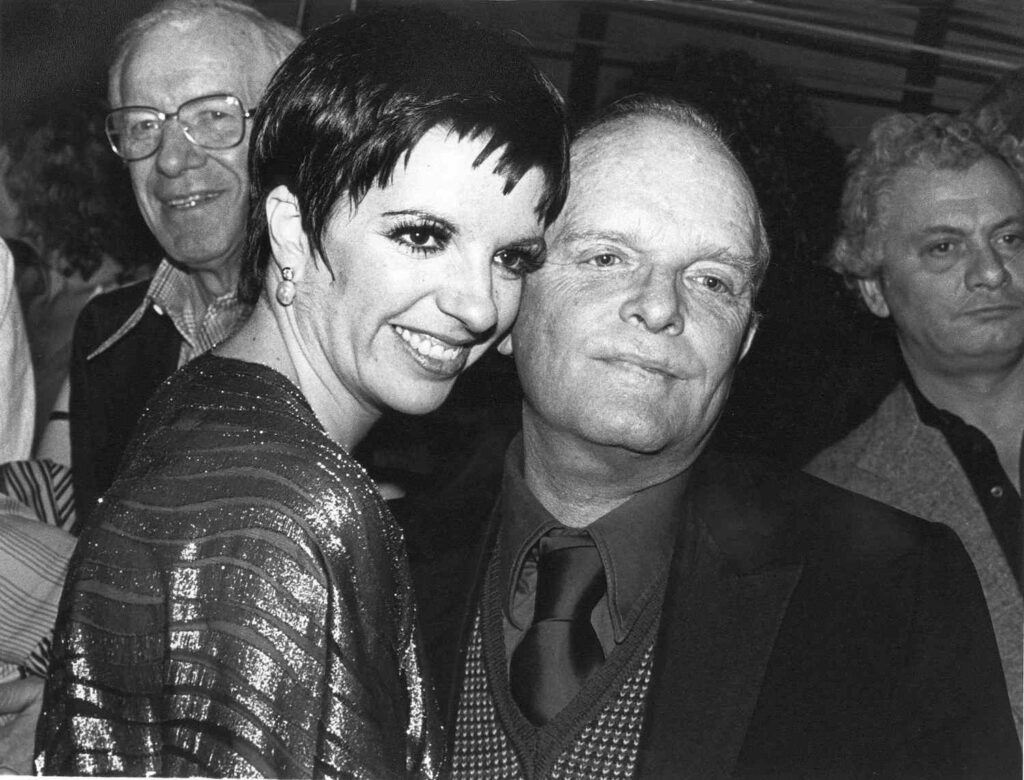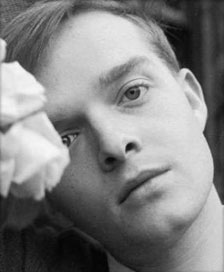Style And the Japanese, Truman Capote

STYLE: AND THE JAPANESE (1955)
The first person who ever impressed me, beyond the reaches of my family, was an elderly Japanese gentleman called Mr. Frederik Mariko. Mr. Mariko ran a florist shop in New Orleans. I met him when I was perhaps six, just wandered into his shop, you might say, and during the ten years of our friendship, or until he quite suddenly died on a steamboat trip to St. Louis, he made me with his own hands a score of toys—flying fish swung on wires, a maquette garden filled with dwarf flowers and feathery medieval animals, a dancer with a wind-up fan that fluttered for three minutes; and these toys, much too exquisite to be played with, were my original aesthetic experience—they made a world and set a standard of taste.
There was such mystery about Mr. Mariko, not as a man (he was simple and alone and hard-of-hearing, which emphasized his apartness) but because one could never decide, watching him work at his arrangements, what made him choose between those brown leaves and that green vine so sophisticated, so accurate an effect.
Years later, reading the novels of Lady Murasaki or The Pillow-Book of Sei Shonagon, and then, later still, seeing the Kabuki dancers and those three astonishing films (Rashomon, Ugetsu and Gates of Hell), the memory of Mr. Mariko loomed, but the mystery of his luminous toys and dwarf bouquets somewhat subsided in a realization that his gifts were the extension of an entire national sensibility: like visual musicians, the Japanese seem to have perfect pitch in areas of shape and color.
Perfect: when the curtain rises on a performance of the Kabuki dancers, a premonition of the entertainment, the frisson it will ultimately achieve, is already there in the severely rich patterns of color, exotically solemn postures of the dancers kneeling in their robes like porcelain figurines. Or again, a scene, a pantomime, from Rashomon: the young bride, traveling in a veiled sedan chair and attended by her husband, sways slowly through the forest, the camera creating a rapturous menace out of leaves and sunlight and the sleepy, seducing eyes of a watching bandit. Of course, Rashomon was filmed in black and white; it was not until Gates of Hell that the complete palette came into view, the colors like new inventions: absinthe, and browns that sparkle like sherry. It is all a ceremony of Style, a phenomenon that seems to rotate, in a manner quite separate from emotional content, on absolute style alone.
High style has never been a forte of the Western theater; at any rate, we have not developed anything so chemically pure and self-contained as this. A half-comparison might be made with Restoration comedy: there is at least the same appreciation of the artificial; and it is true that in the gangster thriller and cowboy genre Americans have produced a classically stylized form of code and behavior.
But these are snappy fragments, outbursts; the Japanese sense of style is the accumulation of long and seriously beautiful aesthetic thought. Although, as Arthur Waley has mentioned, a principal basis of this thought is dread—dread of the explicit, the emphatic—hence the single blade of grass describing a whole universe of summer, the slightly lowered eyes left to suggest the deepest passion.
In ninth-century Japan, and indeed earlier, most correspondence was conducted in poetry: a cultivated Japanese knew several hundred poems and scriptures from which he could quote lines suitable to any idea or occasion—if not, he contrived his own, for poetry was the entertainment of the day. Judging from what we have seen of their entertainment recently, their dances and their films, the custom still prevails; certainly what we have received have been poems of communication.
1955
The End
